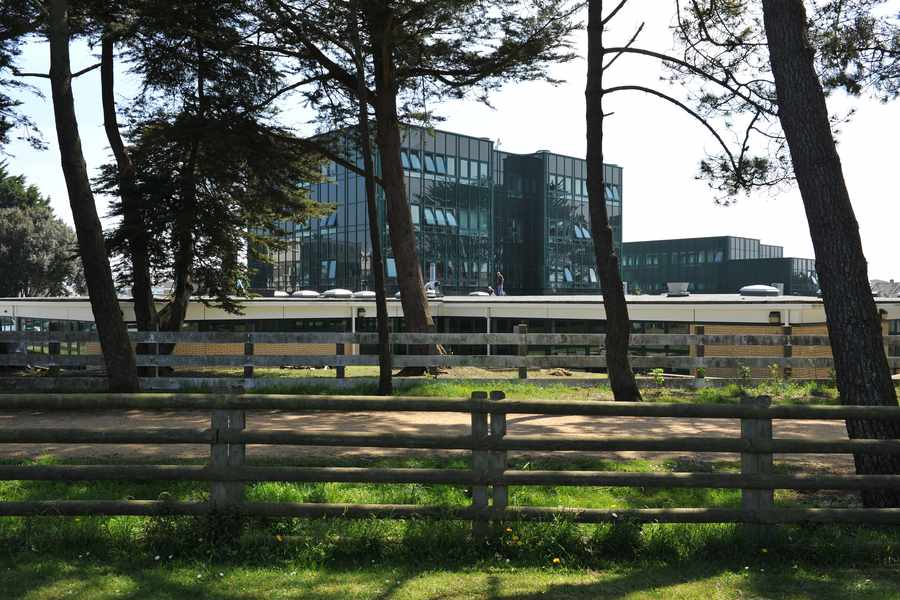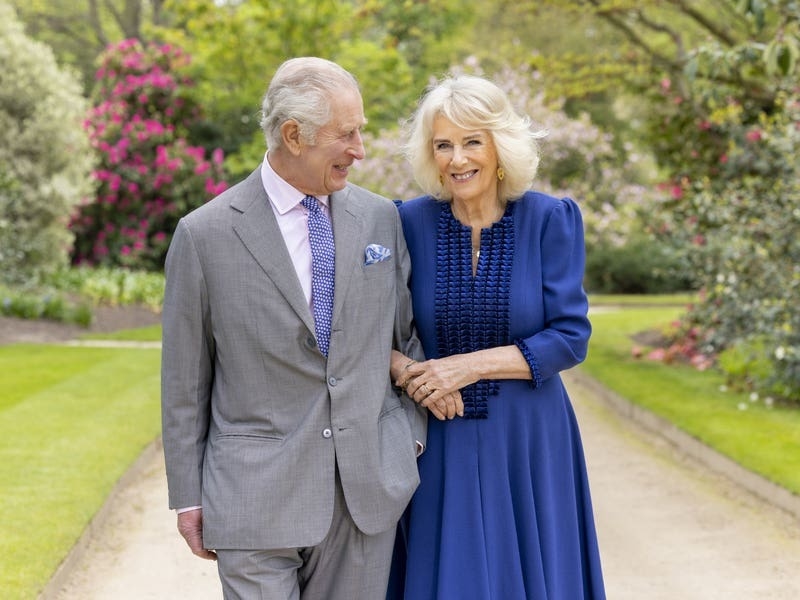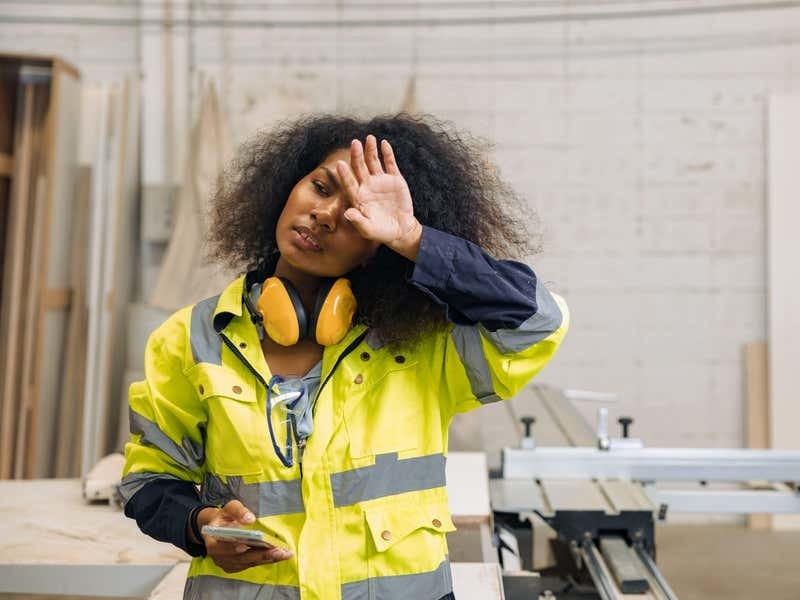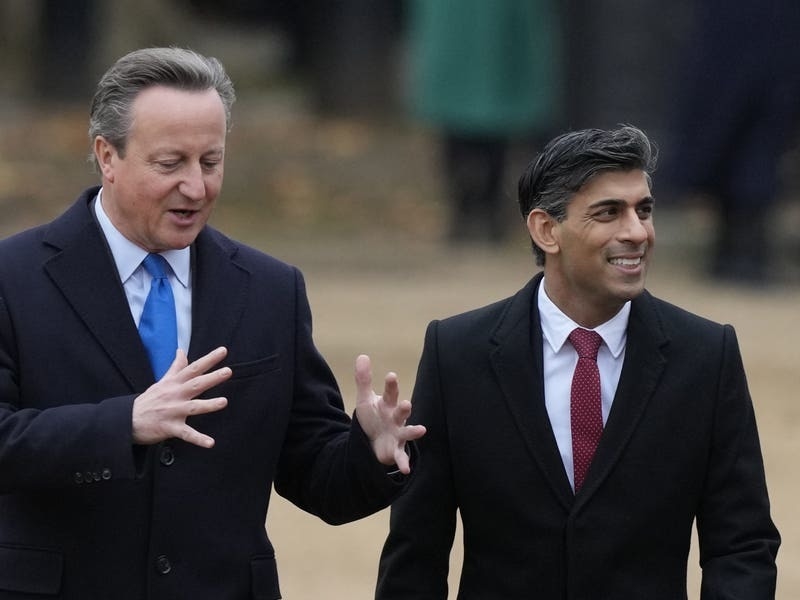In the first survey of the Island’s schools to look at the make-up of pupils and facilities, it was revealed that in January 2015, some classes exceeded the maximum recommended number of students, but that none contained more than 30 children.
The Education Department’s policy sets out that primary-school class sizes should not exceed 26 pupils, but that the Education Minister may approve extra spaces for up to 30 students for capacity or educational reasons.
- There are 24 States primary schools in the Island and seven private facilities
- Of the nine secondary schools in Jersey, seven are States-funded and two are private
- There were 40 looked after children who are provided with accommodation or are subject to a care or placement order in the Islands school system in January 2015
Schools with specialist provisions, however, should not have classes of more than 29.
The report, entitled Schools, Pupils and their Characteristics, aims to provide an annual picture of the Island’s education facilities and the students who attend them.
It showed that 12,410 students were enrolled in a total of 31 primary schools, nine secondary schools and three special schools for the 2014-15 academic year.
Of that number, 17.8 per cent attended ‘non-maintained schools’ – otherwise known as fee-paying schools such as Beaulieu and De La Salle.
The average class size of States primary schools was 24.1, which was lower than the average of 27 in state primary schools in the UK.
However, classrooms in States secondary schools in Jersey were marginally more crowded than in the UK, with average class sizes of 21.6 and 20.1 respectively.
The report also revealed that close to half of all children in States schools lived in St Helier or St Saviour and that about a fifth were recorded as having English as an additional rather than the primary language.
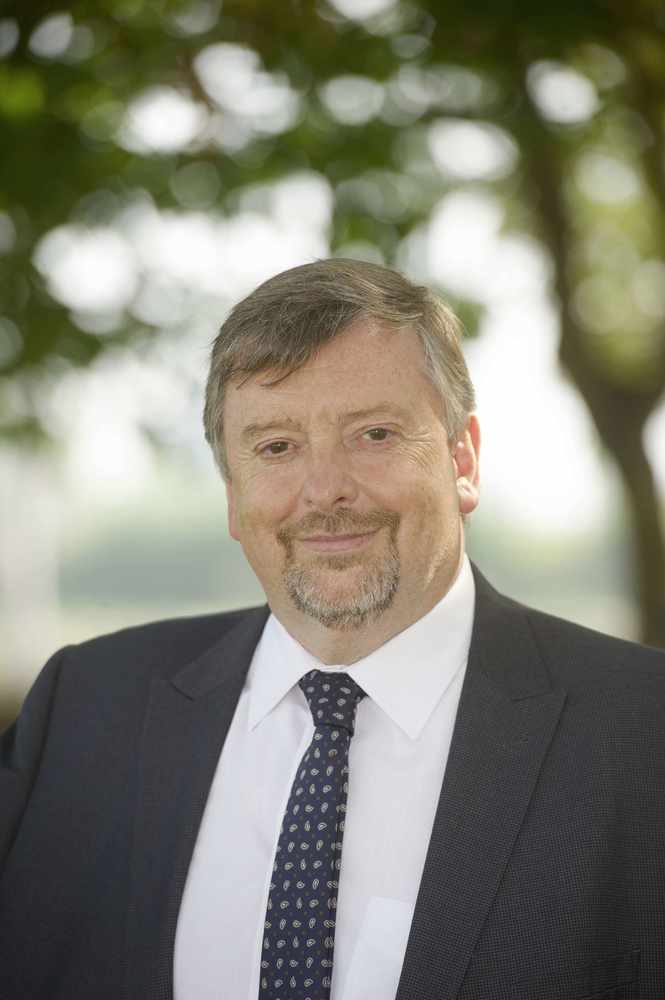
Figures show that over the past four years, the number of primary-school pupils in the Island has increased by 3.5 per cent, while the number of secondary-school students has dropped by about five per cent.
Justin Donovan, director of the Education Department, said that the data showed the department was planning for roughly the right number of required places and showed how most children lived in a narrow corridor in St Helier or St Saviour, which led to traffic problems.
He added that the growing number of children for whom English was an additional and not the primary language meant that the department would have to think carefully about how it managed its resources for such pupils.
At an Education Department briefing yesterday, Mr Donovan said that primary-school numbers were forecast to increase, but that plans were already in place to add classrooms where they were needed.
‘We don’t need a new school at the moment,’ Mr Donovan said.
‘I would rather build on existing schools than building a new one.
‘It’s cheaper that way, but more importantly, if you build a new school there is a slight risk because new schools take a while to get a history and culture.
‘Here we are investing in established senior management teams and existing communities, which is better for the children.
‘But when we rebuild Les Quennevais, for example, we will make it much bigger.
‘It needs to be nearly twice the size because it has nearly twice as many children than it had when it was built.’

